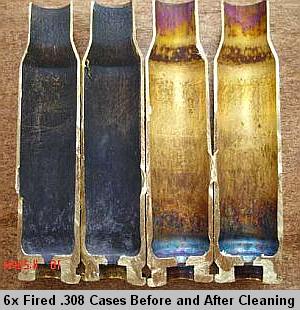NSSF Takes Over Rimfire Challenge Program
The National Shooting Sports Foundation (NSSF) has taken over the Ruger Rimfire Challenge program. Now called the NSSF Rimfire Challenge, the program retains the format that has made it so popular. This remains a two-gun timed competition with rimfire rifles and pistols. Shooters engage steel targets at relatively close distances. The matches are for young and old alike, all skill levels, with mentoring by experienced shooters. The emphasis is on fun and safety.

The use of .22 caliber pistols, revolvers and rifles make the Rimfire Challenge more affordable than most centerfire matches. “The affordability of this program is something that participants really like and keeps them coming back,” said Zach Snow, NSSF’s Manager of Shooting Promotions. “Event fees are affordable as well.”
For participants, NSSF Rimfire Challenge offers categories for everyone — Open and Limited Divisions, plus Special Recognition competitions. To learn more about on program equipment, rules, courses of fire, scheduled matches and the first NSSF Rimfire World Championship, visit NSSF.org/Rimfire.
-
NSSF Rimfire Challenge Basics
- This is a two-gun event so you need a rifle and a handgun (which can be either a semi-auto pistol or revolver).
- Bolt-action rifles and lever-action rifles are allowed, but self-loading (semi-auto) rifles are most popular because they can shoot quickly.
- It is suggested that your firearms hold at least ten rounds each, as there is no reloading allowed during the actually stages.
- It is a good idea to have five (5) magazines per gun (5 each for rifle and pistol). That way you don’t have to reload between stages. If you have a 10-shot revolver, you can reload manually, or use speed loaders.
- At Rimfire Challenge Matches, each competitor get five (5) runs through each target stage.
- Eye and ear protection is required on the range at all times. This is true for spectators as well as competitors.
Many different stage designs can be employed at Rimfire Challenge matches. Here are two examples from the NSSF Rimfire Challengs Suggested Courses of Fire:
























